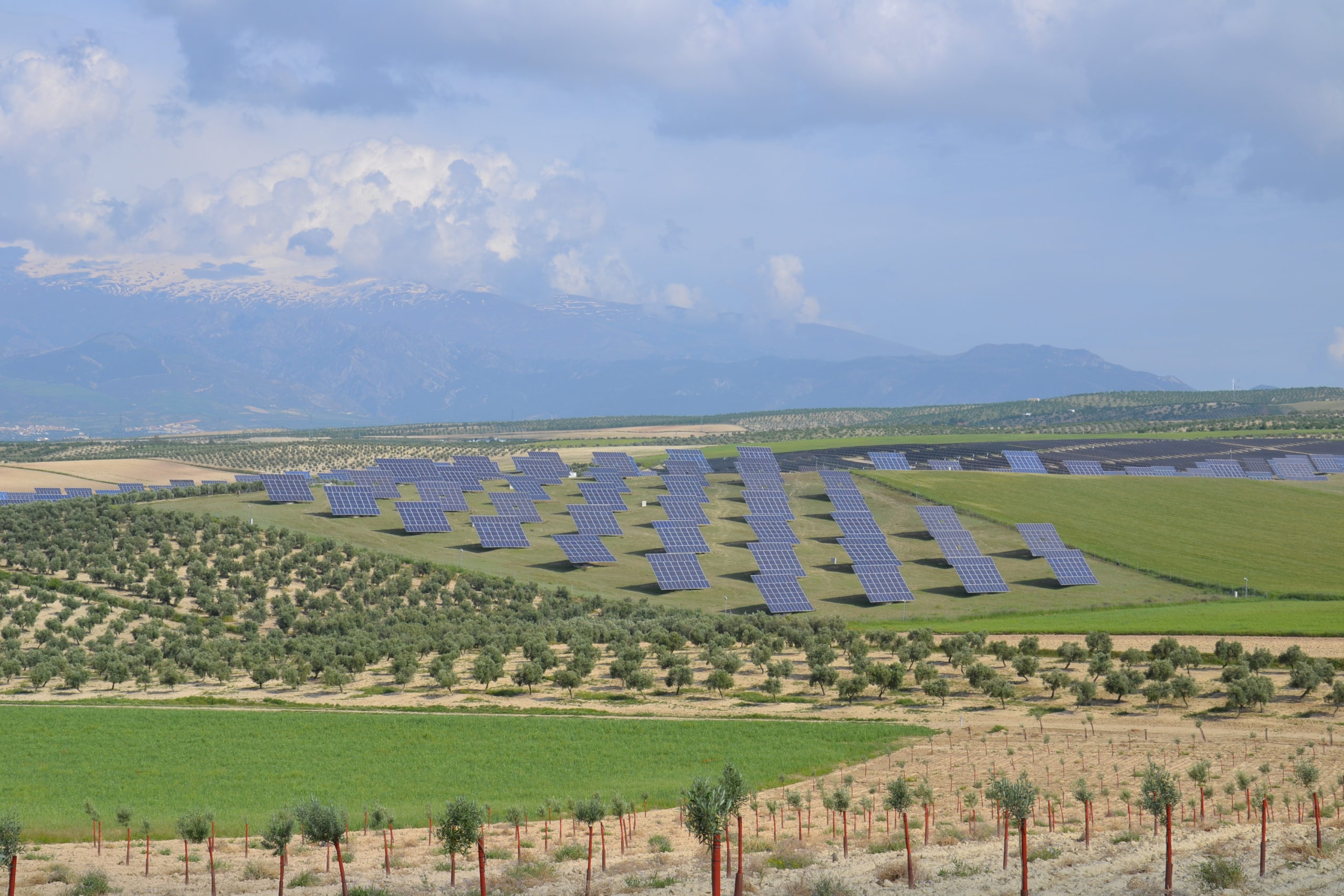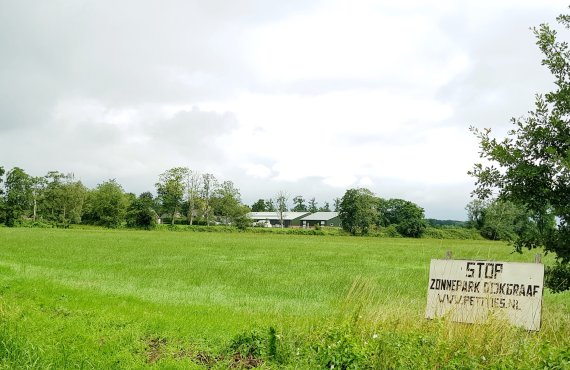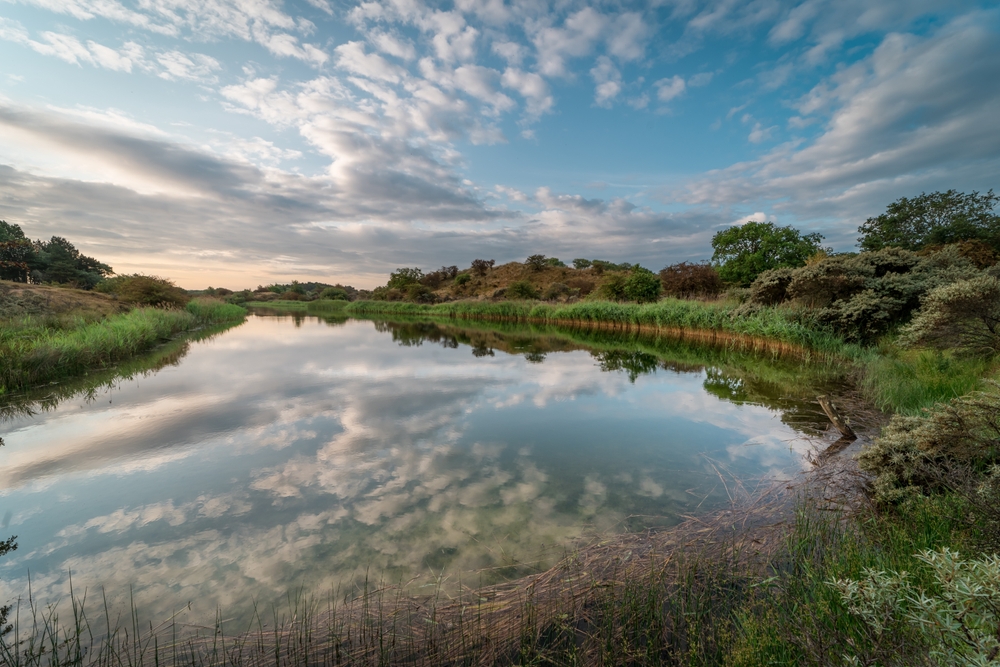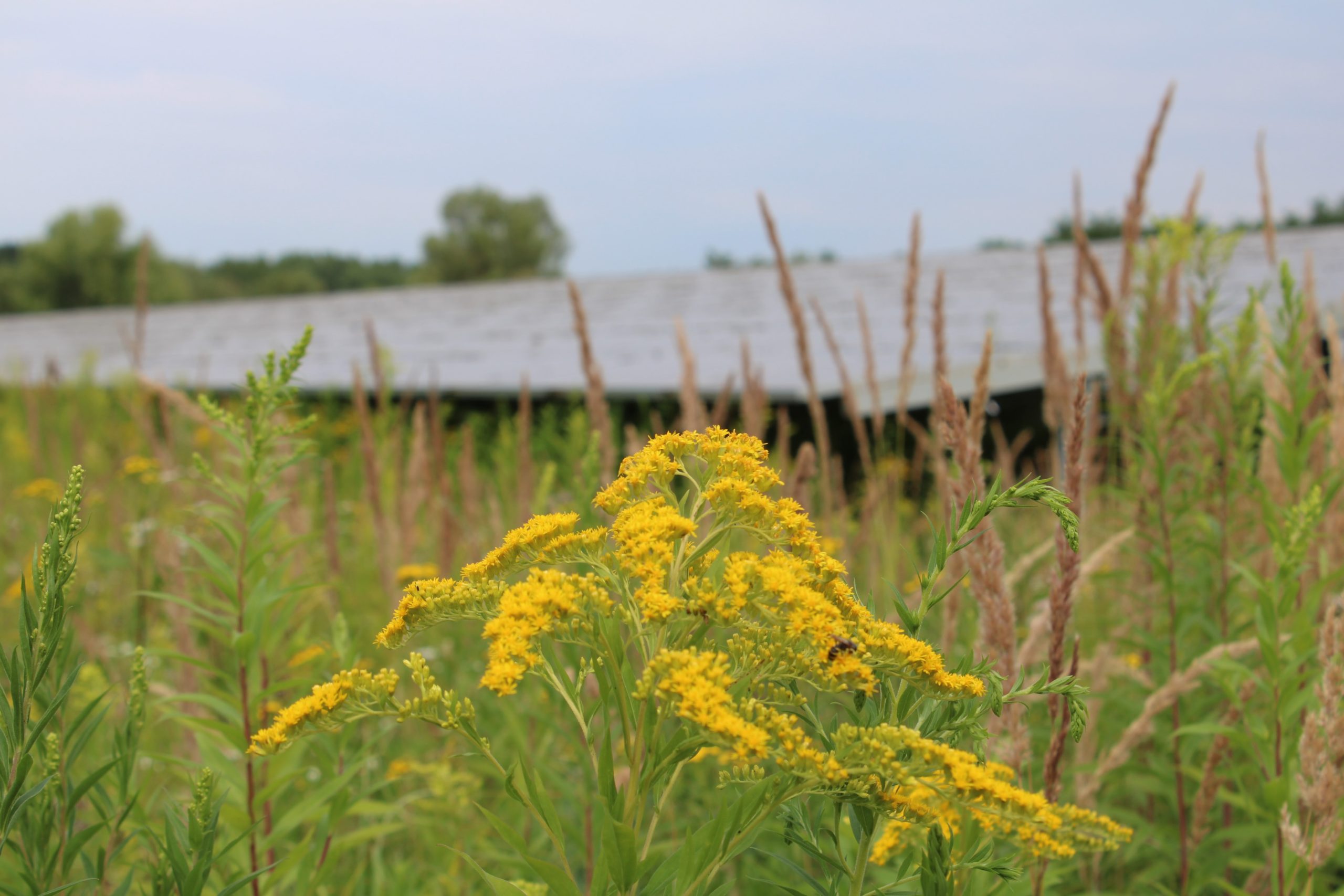The generation of sustainable energy needs more space than fossil-based energy. Sustainable energy generation also needs to be located closer to residential areas. These are two reasons why the spatial impact of the energy transition is quite a challenge.
Wageningen University Landscape Architecture associate professor Sven Stremke and assistant professor Dirk Oudes have recently published a substantial book (1.2 kilos!) on the relationship between the energy supply and the landscape, together with their colleague at the Amsterdam Academy of Architecture, Paolo Picchi. At the heart of the book is the Wageningen-Amsterdam research into high-density energy landscapes.
Past, present and future
The three authors examine energy landscapes of the past, present and future. In the section on present-day energy landscapes, they explore best practices in Europe and the United States. The historical perspective is also thought-provoking. The book makes clear that landscapes have been changing for centuries under the influence of the energy supply. People’s worries about the changes to the landscape are not a new phenomenon either. The book pays homage to Sylvia Crowe, for example, a landscape architect who wrote back in 1958 about the challenge of reconciling the fast-growing demand for electricity with liveable landscapes. The title of their book, Power of Landscape, is a reference to her book: Landscape of Power.
Changing narrative
The authors stress that their book provides ‘many new narratives’ by shifting the focus in the energy transition from the technology to the landscape and by taking the richness and variation in types of landscape into account in the energy transition. ‘This book is the first to bridge the gap between the world of sustainable energy and the world of spatial designers. The power of the landscape is that it can make that connection and thereby give us pointers to how we can shape the man-made landscapes of the 21st century,’ says Stremke.

 The Solar Orchard, among the traditional almond orchards of Granada, Spain. Photo Dirk Oudes
The Solar Orchard, among the traditional almond orchards of Granada, Spain. Photo Dirk Oudes 

